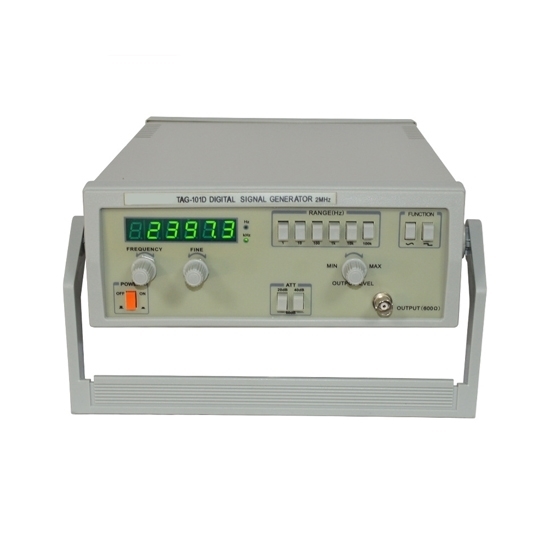
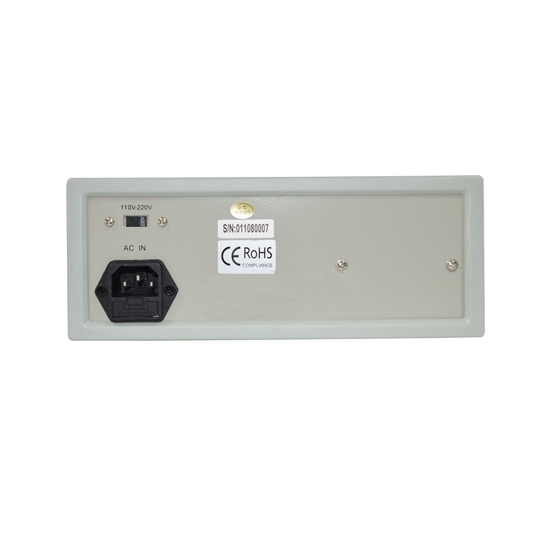
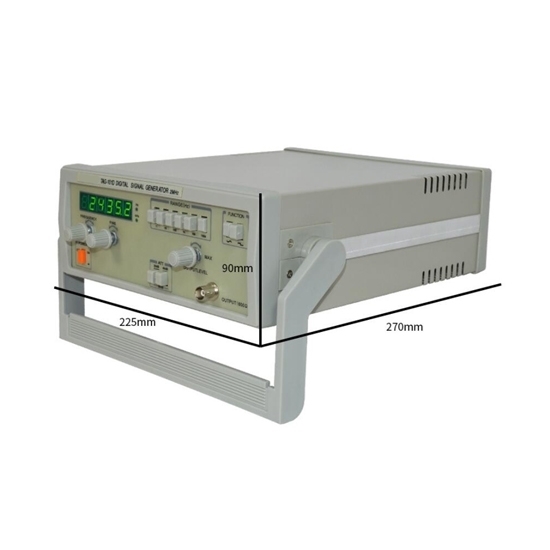
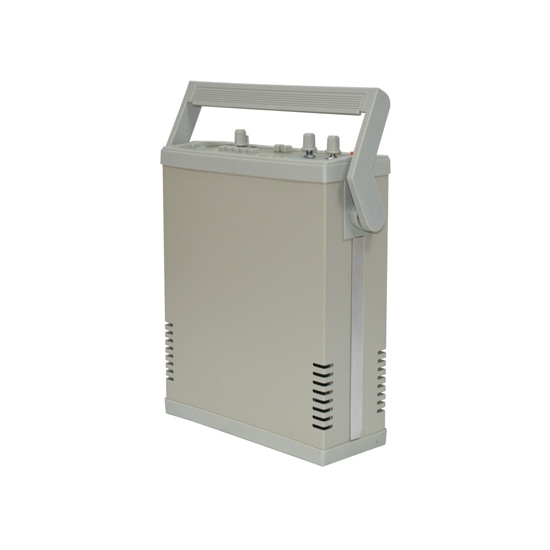
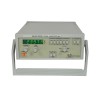
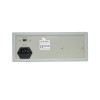
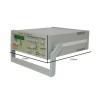
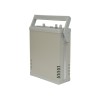
Digital Waveform Signal Generator, 0.1Hz~2MHz
from
$332.79
Ex Tax: $332.79
- Stock: In Stock
- Model: RDDLZ-DSG-2MHZ
- Weight: 1.00
- SKU: RDDLZ-DSG-2MHZ
Available Options
Create unlimited custom product blocks and display them in accordions or tabs or open blocks. Each block can be assigned to all products at once or specific products according to advanced criteria.
Create unlimited custom product blocks and display them in accordions or tabs or open blocks. Each block can be assigned to all products at once or specific products according to advanced criteria.
Digital waveform signal generators are commonly employed in laboratories, educational settings, and industries involved in electronics and communications. They offer the advantage of high accuracy, stability, and the ability to create complex waveforms.
Specification
- Model: RDDLZ-TAG101D
- Generating Frequency Range: 0.1Hz~2MHz, Continuously Adjustable
- Input AC Voltage (Optional): 220V, 110V
- Output Waveform: Square Wave, Sine wave
- Output Attenuator: 0dB, 20dB, 40dB, 60dB
- Output Level: 20VP-P when open circuit, not less than 10VP-P when loaded with 50Ω
- Amplitude-Frequency Characteristics: Less Than ±0.3dB within 100KHz, Less Than ±1dB above 1MHz
- Square Wave Front and Rear Edges: ≤35NS
- Sine Wave Distortion: <1%
- Working Temperature: -10℃~40℃, Relative Humidity <90%
- Storage Temperature: -10℃~70℃, Relative Humidity <80%
- Dimension: 270*225*90mm
Detail
Tips: How does a digital waveform signal generator work?
A digital waveform signal generator is a device that produces electronic signals with various waveforms, frequencies, and amplitudes for testing and troubleshooting electronic circuits and systems. So how does it work?
- Digital Control: The generator is typically controlled digitally, allowing precise adjustment of parameters such as frequency, amplitude, and waveform type.
- Waveform Generation: The device uses digital signal processing (DSP) techniques to generate different types of waveforms, including sine, square, triangle, sawtooth, and more. DSP algorithms manipulate discrete numerical samples to create the desired waveform.
- Frequency Synthesis: Digital frequency synthesis methods, often using direct digital synthesis (DDS) or phase-locked loop (PLL) techniques, enable precise control of the output frequency. The digital control ensures accuracy and stability.
- Amplitude Control: The amplitude of the generated waveform is controlled digitally, allowing users to set specific voltage levels for testing purposes. This can include both peak-to-peak and RMS amplitudes.
- Output Interface: The generated waveform is then converted from the digital domain to the analog domain using a digital-to-analog converter (DAC). The analog signal is then amplified to the desired level before being delivered to the output.
- Modulation and Additional Features: Many digital waveform generators offer modulation capabilities, allowing the superimposition of additional variations on the carrier signal. This can include amplitude modulation (AM), frequency modulation (FM), or phase modulation (PM).
In summary, a digital waveform signal generator leverages digital signal processing techniques to create precise and customizable electronic signals for testing and analyzing electronic systems and components.
Builder in Product TAB
NEW! Since Journal 3.2, the much improved T.A.B (Tabs Accordion Blocks) system supports the page builder inside the tab content. Unlimited Blocks, Tabs or Accordions with any HTML content or the builder interface (supporting custom rows/columns/modules) can be assigned to any individual product or to certain groups of products, like entire categories, brands, products with specific options, attributes, price range, etc.
You can indicate any criteria via the advanced product assignment mechanism and only those products matching your criteria will display the modules.
Also, any module can be selectively activated per device (desktop/tablet/phone), customer login status and other criteria. Imagine the possibilities.
